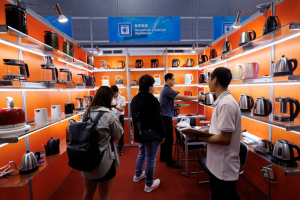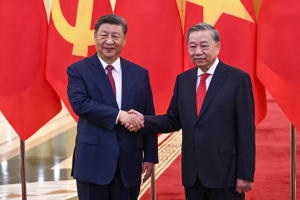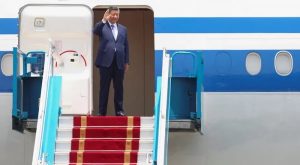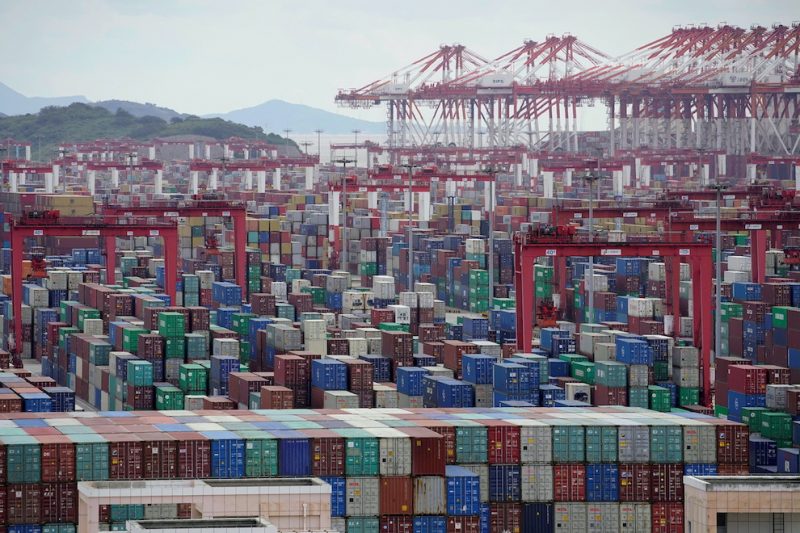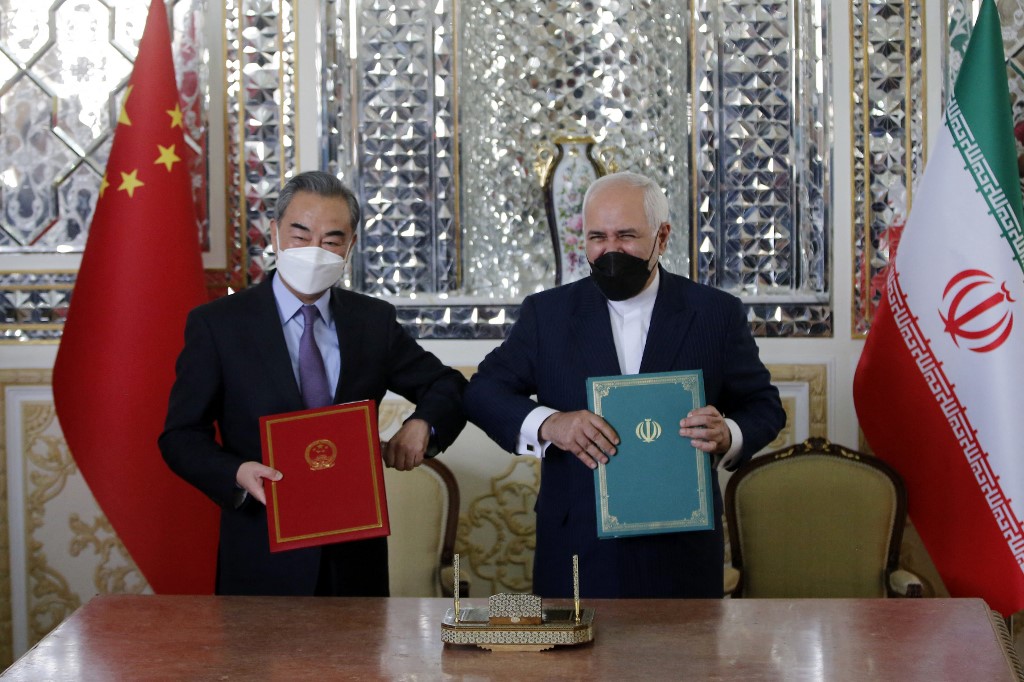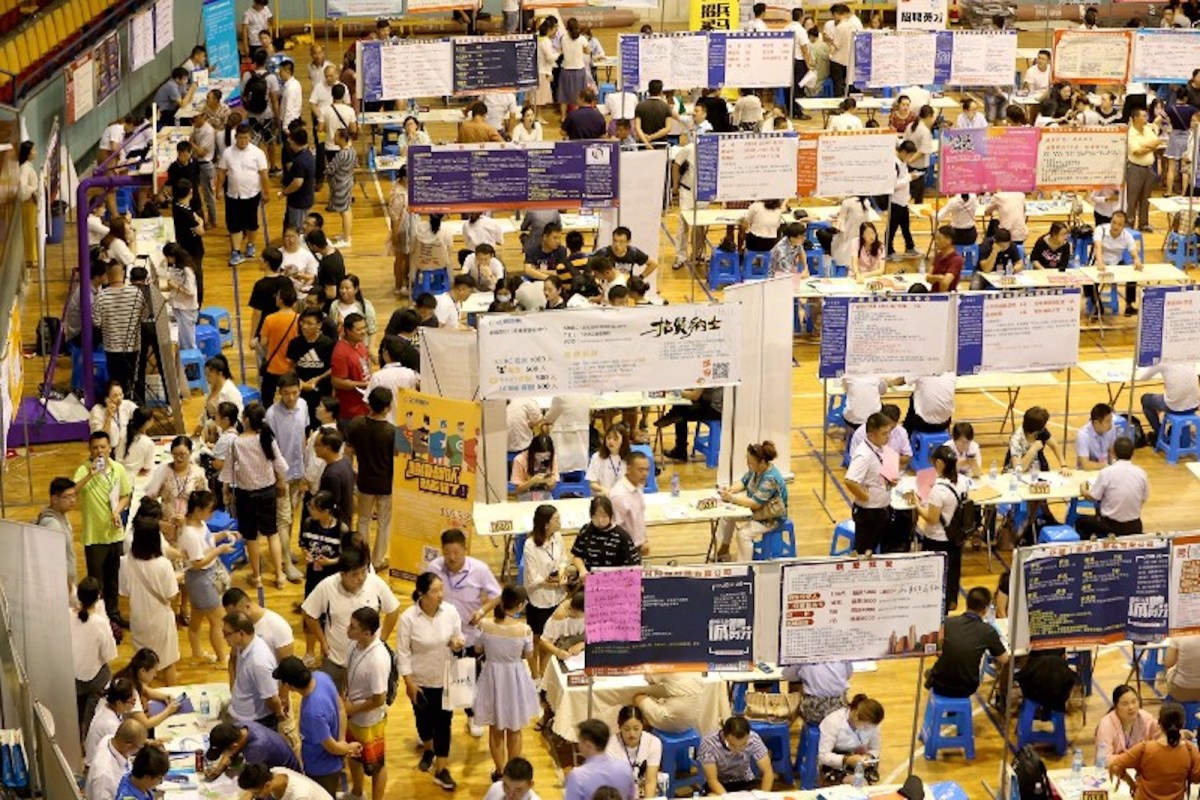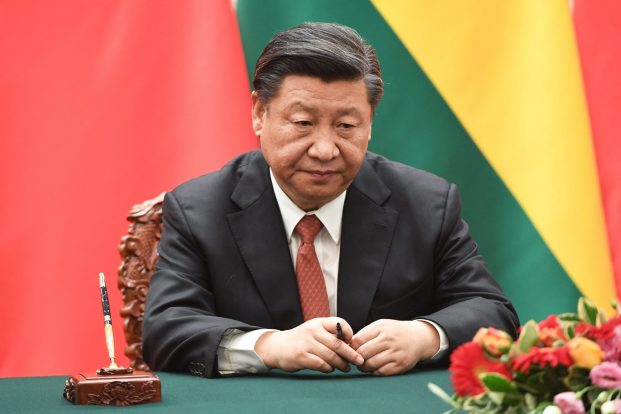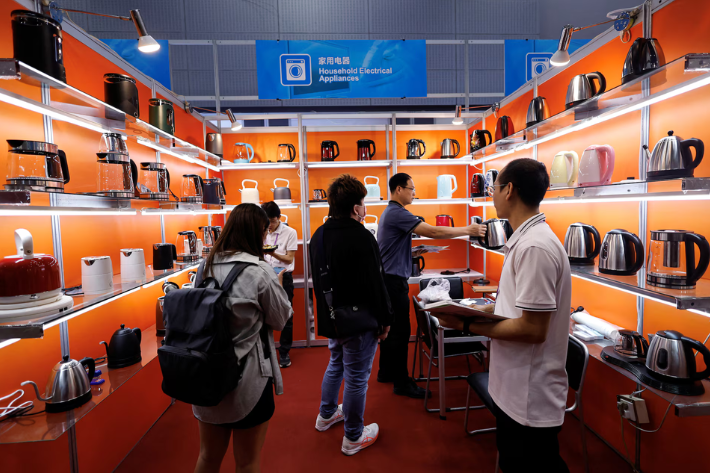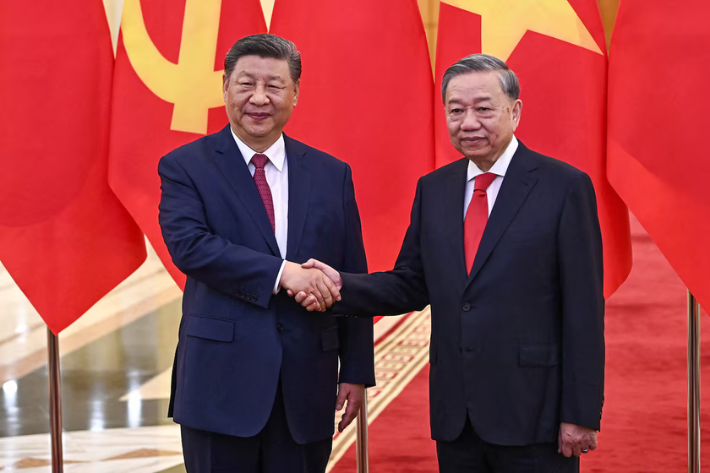US President Donald Trump warned – again – on Tuesday that his administration is looking at tariffs on both China and the European Union.
He said his top officials were discussing a 10% duty on Chinese imports because fentanyl is being sent from China to the US via Mexico and Canada.
His latest tariff threats were made in remarks to reporters at the White House a day after taking office without immediately imposing tariffs as he had promised during his campaign.
ALSO SEE: What Trump’s First Day Meant For AI, Renewables, TikTok, Crypto
Financial markets and trade groups exhaled briefly on Tuesday, but his latest comments underscored Trump’s longstanding desire for broader duties and a new February 1 deadline for 25% tariffs against Canada and Mexico, as well as duties on China and the EU.
Trump said the EU and other countries also had troubling trade surpluses with the United States.
“The European Union is very, very bad to us,” he said, repeating comments made Monday. “So they’re going to be in for tariffs. It’s the only way … you’re going to get fairness.”
Trump said on Monday that he was considering imposing the duties on Canada and Mexico unless they clamped down on the trafficking of illegal migrants and fentanyl, including precursor chemicals from China, across their US borders.
Trump had previously threatened a 10% duty on Chinese imports because of the trade, but realigned that with the February 1 deadline.
‘Persistent trade deficits, unfair trade, currency ploys’
White House trade adviser Peter Navarro told CNBC early on Tuesday that Trump’s Canada and Mexico tariff threat was to pressure the two countries to stop illegal migrants and illicit drugs from entering the US.
“The reason why he’s considering 25, 25 and 10 (percent), or whatever it’s going to be, on Canada, Mexico and China, is because 300 Americans die every day” from fentanyl overdoses, Navarro said.
Trump on Monday announced a sweeping immigration crackdown, including a broad ban on asylum.
He also signed a broad trade memorandum ordering federal agencies to complete comprehensive reviews of a range of trade issues by April 1.
These include analyses of persistent US trade deficits, unfair trade practices and currency manipulation among partner countries, including China.
Trump’s memo asked for recommendations on remedies, including a “global supplemental tariff,” and changes to the $800 de minimis duty-free exemption for low-value shipments often blamed for illicit imports of fentanyl precursor chemicals.
The reviews ordered create some breathing room to resolve reported disagreements among Trump’s cabinet nominees over how to approach his promises of universal tariffs and duties on Chinese goods of up to 60%.
Trump’s more measured approach to tariffs fuelled a rally in US stocks that pushed the benchmark S&P 500 index to its highest level in a month, though Trump’s new salvo on China and the European Union may deflate that momentum.
Trump likely “decided to go a little slower and also to make sure he has as firm a legal foundation as he can get for these kinds of actions,” said William Reinsch, a trade expert at the Center for Strategic and International Studies in Washington.
“He’s figuring out how to best use his leverage to get what he wants.”
Mexico, Canada conciliatory
Mexico and Canada struck conciliatory tones in response to Trump’s February 1 deadline. Mexican President Claudia Sheinbaum said that she would emphasize Mexico’s sovereignty and independence and would respond to US actions “step by step.”
But she added that the US-Mexico-Canada free-trade agreement was not up for renegotiation until 2026, a comment aimed at pre-empting suggestions that Trump will seek an early revamp of the pact that underpins over $1.8 trillion in annual three-way trade.
Corn farmers are worried about US tariffs and retaliatory duties disrupting trade with Mexico, their top export customer for corn, and with Canada, the top export customer for US corn-derived ethanol.
“We understand that he is a negotiating type of person,” Illinois farmer Kenny Hartman Jr, board president of the National Corn Growers Association, said of Trump. “We’re just hoping that we can come out of this where we don’t lose the exports – we don’t lose that corn going to Mexico or that ethanol going to Canada.”
- Reuters with additional editing by Jim Pollard
ALSO SEE:
Xi Jinping Seen Luring Trump Into a New US-China Trade Deal
Stock and Currency Investors Jolted by Trump’s Chaotic Approach
US Sanctions 8 Chinese Drug Companies for Fentanyl Trade
China Cold on Trump’s 50% Ownership Proposal For TikTok
Bankers up All Night to Assess Impacts From Trump Trade Moves
China Merged or Dissolved Over 160 Small Banks in 2024 – SCMP
Trump Inauguration: Cautious China Wants ‘A New Start’ With US





